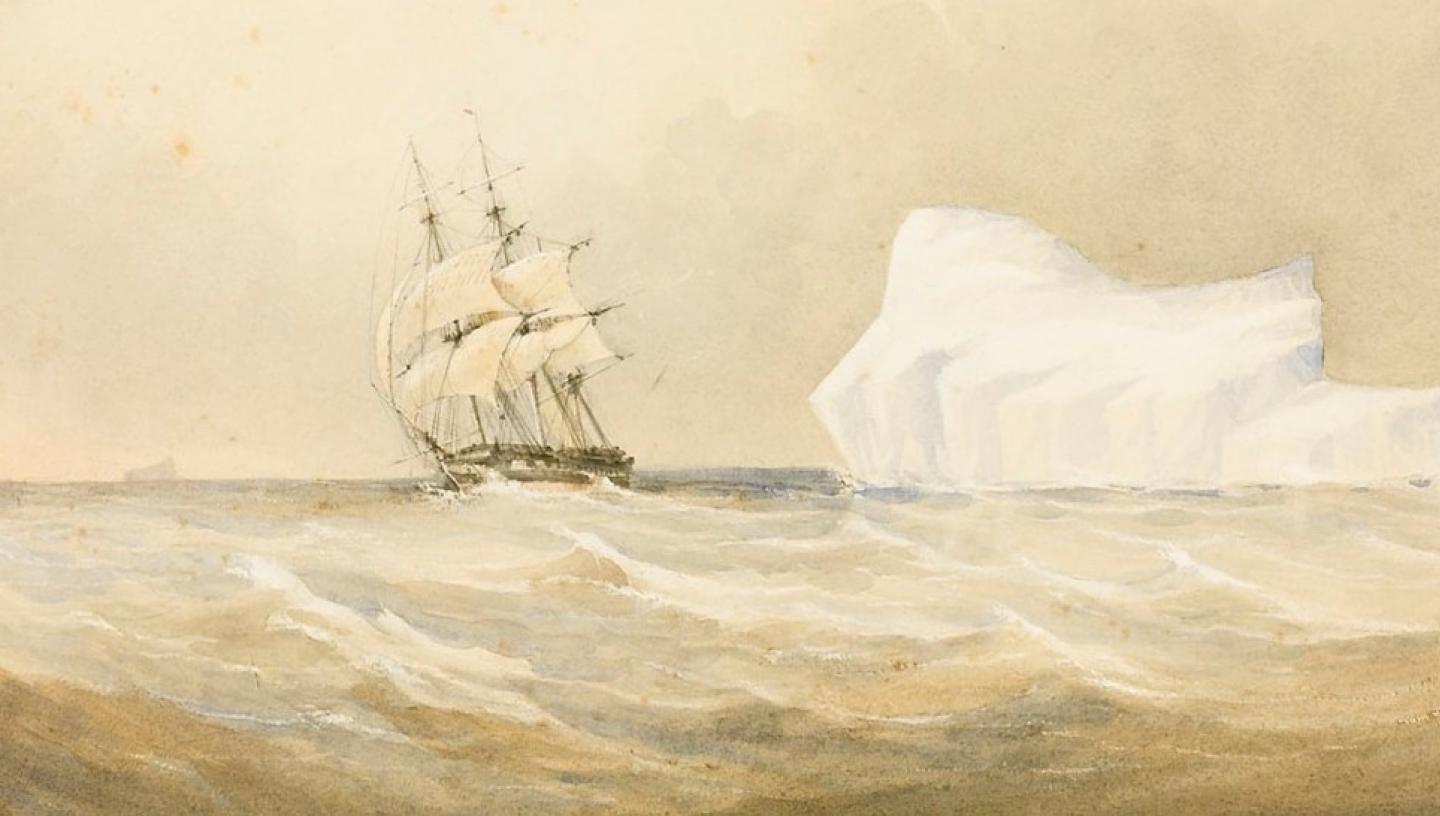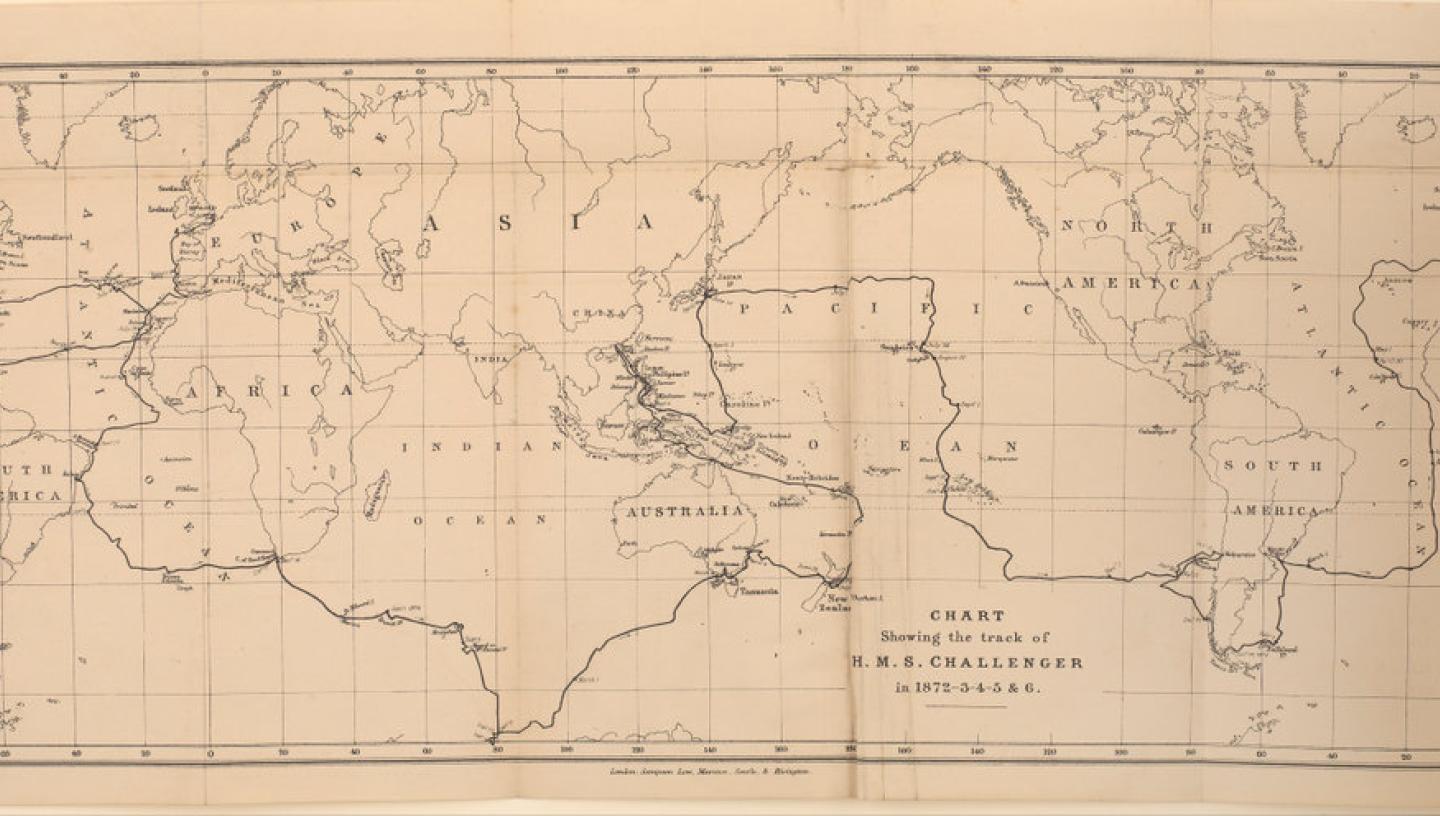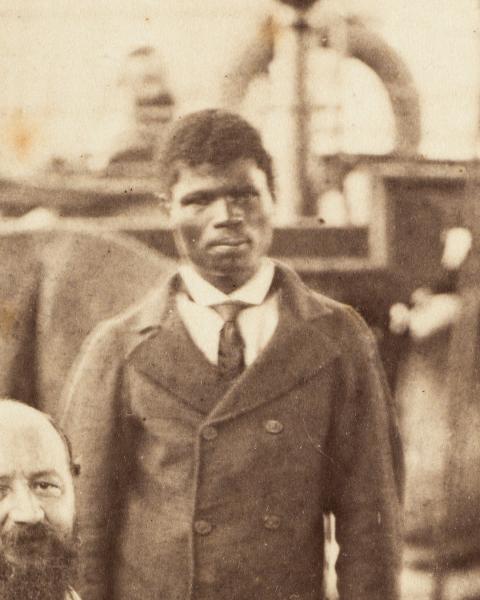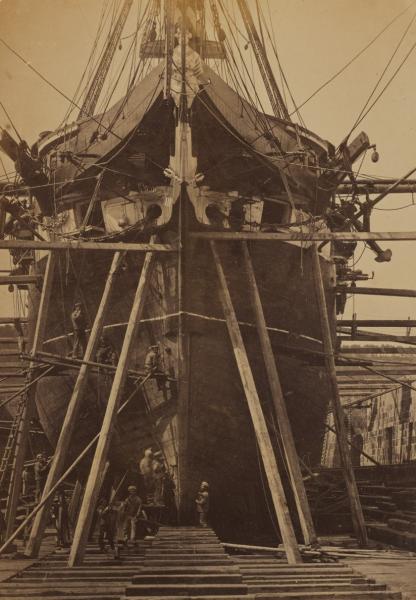
The Challenger expedition was unique for the scale of its ambition and scope.
On 21 December 1872, HMS Challenger set sail from Portsmouth to begin a global voyage of deep-sea exploration.
Made possible by technological developments, international cooperation and supported by a team of researchers and naval officers, the expedition was part of a concerted 19th-century drive to map the ocean floors and search for life in the abyss.
By the time the ship returned to Britain in 1876, the scientific team on board had amassed what was then the largest collection of examples of life from the deep sea.
Challenger's legacies
With the environmental threat of global warming, rising seas and biodiversity loss, knowledge of the ocean is more important than ever. The Challenger Expedition has been celebrated as a foundational moment in the history of oceanography.
How can Challenger’s historical data, specimens and ocean sediments help our understanding of climate change today? How are historians grappling with the colonial legacies of 19th-century scientific voyages, and how are museum curators putting Challenger on display? Whose perspectives and stories are missing from Challenger’s seemingly well-known story?
Discover the collections held at Royal Museums Greenwich relating to Challenger, and hear from the researchers and academics helping to shed light on the expedition's legacy.






